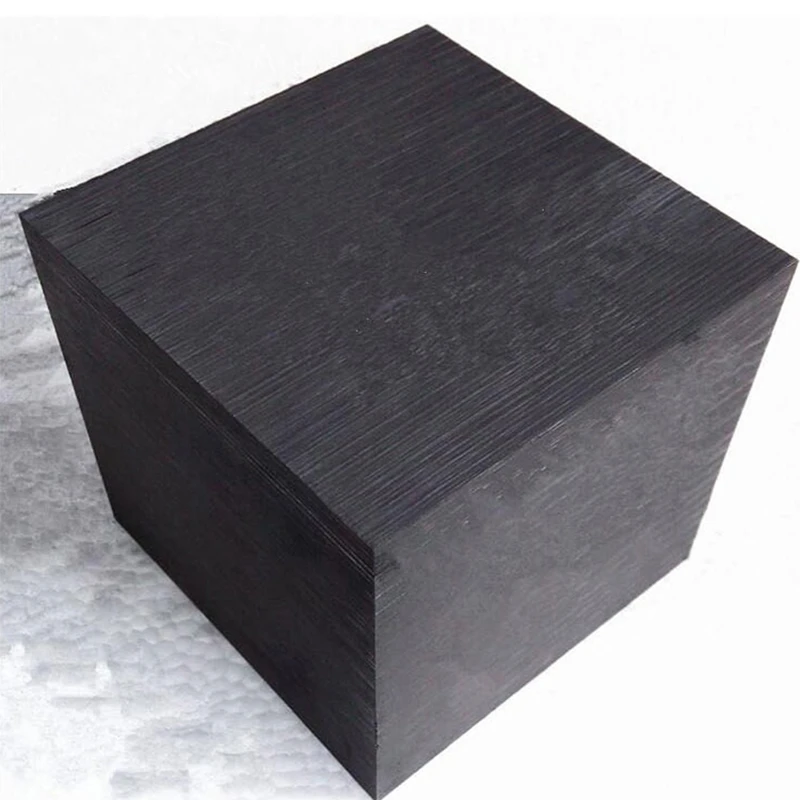Graphite electrodes are the unsung heroes of modern steelmaking. This article dives deep into the vital role of graphite electrodes in the electric arc furnace (EAF) process, exploring their unique properties, the different types available, and their impact on the steelmaking industry. You’ll learn why graphite electrodes in electric arc furnaces are essential for efficient and high-quality steel production, making this a must-read for anyone in the steel industry or interested in metal production.
1. What is a Graphite Electrode and Why is it Crucial in Steelmaking?
A graphite electrode is a cylindrical component made primarily of graphite materials, used to conduct electricity in an electric arc furnace. It’s a critical element in modern steelmaking, providing the necessary heat to melt scrap metal and other raw material into molten steel. The electrode itself is a consumable product, meaning it gradually diminishes during the steelmaking process.
The use of graphite electrodes is pivotal because they can withstand the extreme high temperature environment within the EAF. They possess high electrical conductivity, which allows them to efficiently deliver the intense heat required to melt the scrap steel. Without graphite electrodes, the production of steel in an EAF would be impossible. The entire steelmaking process relies on the consistent performance of these vital components.

2. How Does an Electric Arc Furnace Work and What are the Functions of Graphite Electrodes?
An electric arc furnace (EAF) is a furnace that uses an electric arc to melt scrap and other raw materials, primarily scrap metal, to produce steel. Graphite electrodes play the central role in this process. The EAF usually has three graphite electrodes that are lowered into the furnace. These electrodes conduct the electricity that creates an electric arc between the electrodes and the scrap steel or other raw materials within the furnace. This arc generates extremely high-temperature, which melts the scrap into molten steel.
The functions of graphite electrodes are numerous and essential. They conduct the electric current into the furnace, creating the heat source. They act as the interface through which the electric energy is transferred to the scrap metal. The graphite electrodes efficiently transfer electrical energy to melt the scrap steel and to help refine the final product. They must be robust enough to withstand the harsh chemical environment inside the furnace. The graphite electrodes are essential for steelmaking, ensuring that the steel production process is efficient and effective.
3. What are the Types of Graphite Electrodes and How Do They Differ?
There are several types of graphite electrodes, each designed for specific EAF steelmaking applications. The main types of graphite electrodes are classified based on their power rating and applications.
- Ultra-High Power (UHP) Graphite Electrodes: These electrodes are designed for the most demanding EAFs and are the most expensive. They are engineered to handle high current density and high-temperature, enabling rapid steel production. These are often used in modern electric arc furnace.
- High Power (HP) Graphite Electrodes: HP electrodes provide a balance between performance and cost, making them suitable for a wide range of EAF operations.
- Regular Power (RP) Graphite Electrodes: RP electrodes are typically used in older furnaces or applications with lower power requirements.
The primary differences between these types of electrodes lie in their electrical conductivity, oxidation resistance, and mechanical strength. The choice of electrode depends on the size of the furnace, the power requirements, and the desired steel production rate.
4. What are the Essential Properties of Graphite Electrodes?
The performance of graphite electrodes is directly tied to their physical and chemical properties of graphite electrodes. Several properties are crucial for their effective functioning.
- High Electrical Conductivity: This ensures efficient transfer of electrical energy to generate the arc and heat.
- High Thermal Conductivity: This property helps distribute heat evenly, preventing hot spots and extending the electrode’s lifespan.
- Low Electrical Resistance: Minimizes energy loss during the heating process.
- Excellent Oxidation Resistance: Electrodes must resist oxidation, especially at the high-temperature of an EAF, to maintain structural integrity.
- High Mechanical Strength: The electrodes must be able to withstand the mechanical stresses of handling, installation, and operation within the furnace.
The quality of the graphite materials used in the electrodes determines the degree to which these properties are met. Purity of graphite and needle coke selection play a critical role.
5. Why is Electrical Conductivity of a Graphite Electrode so Important?
Electrical conductivity is arguably the most critical property of a graphite electrode. The ability to conduct electricity efficiently is the fundamental function of these electrodes in the EAF.
The high electrical conductivity of graphite allows a large electric current to pass through the electrodes with minimal resistance. This is essential because the electric current forms an arc that generates the intense heat needed to melt the scrap steel. Low resistance minimizes energy loss as heat. This improves energy efficiency, reduces operational costs, and contributes to a more sustainable steelmaking process.
Graphite electrodes must be designed to handle the necessary power levels in modern EAFs. High electrical conductivity ensures that the process remains efficient and effective. Electrodes with poor electrical conductivity would waste energy, generate less heat, and lead to slower melting times.
6. What is the Use of Graphite in Modern Steel Production?
The use of graphite in modern steel production extends beyond just the graphite electrode. Graphite materials are also used in various other applications throughout the steelmaking process.
- Graphite Electrodes: The primary use, as discussed, for conducting electricity to melt the scrap.
- Graphite Crucibles and Molds: Used for holding and shaping the molten steel during casting.
- Graphite Refractories: Employed as linings in furnaces and ladles due to their high-temperature resistance and ability to withstand the corrosive effects of the molten steel.
- Graphite Powder: Used as a lubricant, additive, and to control the carbon content in the steel.
The diverse use of graphite underscores its versatility and importance in steelmaking. As the industry aims for improved efficiency and performance, the application of advanced graphite materials becomes even more important. This is why high-quality graphite materials are so critical. Consider our [high-purity 99.9% graphite powder](https://www.zgtdts.com/high-purity-99-9 )
Post time: 02-10-2025



